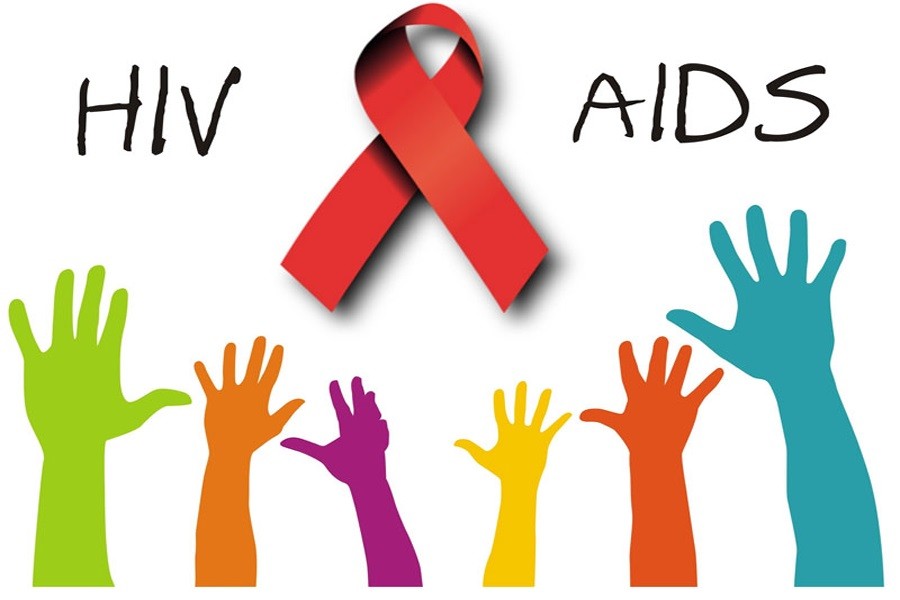The total population infected with HIV (Human Immunodeficiency Virus) in Bangladesh currently, according to a disclosure by UNAIDS on the World AIDS Day on December 01, stands at 12,000. The information carries potent elements of alarm and gloom. A total of 84 per cent of these HIV-carriers are said to remain deprived of the medication called antiretroviral (ARV). Moreover, those who are fortunate enough to get the treatment cannot have their blood tested to determine the level of the virus due to the dearth of machine. Against this backdrop, the news about the sharp rise in the incidence of HIV prevalence in the Khulna region evidently is yet another cause for concern. Some districts in the area are close to international borders. The seaport of Mongla is located in the region. All these places are considered ideal for the spread of HIV.
Eight districts in the region, as the newspaper report (FE November 27, 2017) says, have been found affected by the largely insidious onslaught of HIV. The report says that a total of 12 people died of the deadly AIDS (Acquired Immune Deficiency Syndrome) in the region last year. The ailment is caused by a virus that enters human body through different channels, all of which are preventable. A complete cure from the disease still remains elusive. Compared to many countries in South and Southeast Asia, Bangladesh was found tolerably free of this global scourge not long ago. The recent media reports on the unabated rise in the number of HIV carriers give an alarming signal.
Bangladesh is a country bound by tradition-dictated norms and many socio-cultural taboos. Given HIV-AIDS' direct link to sexual promiscuity, blood transfusion and intravenous dope taking, the malady is linked to a strong social unacceptability. The recent exposures on the looming public health disaster now appear to be a rude awakening. They carry the potential for jolting the people in general, as well as the healthcare sector, out of their ostrich-like escapism. The fact that there are intermittent cases of HIV infections and deaths from AIDS, has been largely suppressed since the beginning. The ferocity of the disease only increased countrywide under the veils of denial and secrecy. Now teetering at an alarming level, the incidence cannot be swept under the carpet. That in the eight districts of the Khulna region, 319 have been tested HIV-positive, 84 in Khulna district alone, with 59 deaths since 2003, points scathingly to the grave nature of the situation. As the case with other HIV/AIDS prevalent areas in the country is, the Khulna region is also hamstrung by logistic limitations at the government-run healthcare centres.
Proving the grim forecast true, 97 of the fresh Rohingya refugees in Cox's Bazar district have been tested HIV positive in the last three months. Medical practitioners working in the area fear the number to rise sharply. The detection of the HIV carriers among the Rohingyas only points to the need for some urgent tasks. Along with all-out awareness campaigns on HIV/AIDS, the battle against the dreaded scourge should also effectively address the deficiencies in medication.


